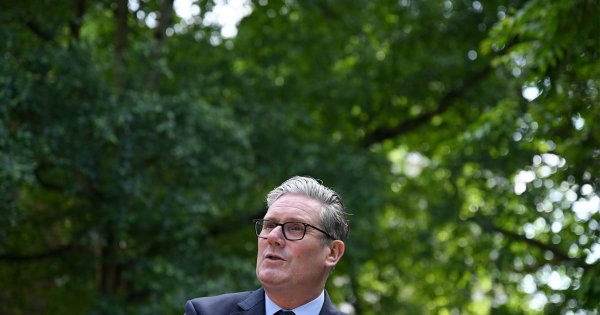The next parliament of the UK will be the most diverse ever, according to new projections from British Future based on current candidate selections.
Yet it also finds that an opportunity to bring ethnic minority and gender representation closer to levels that reflect our society may be missed, as the rate of selections has stalled.
With the major parties having now selected around nine-tenths of their candidates for winnable target constituencies and early retirement seats, our projection finds that the number of ethnic minority MPs is set to increase from 65 to at least 75, and as many as 83, for the first time at the next General Election.
The projected rise in ethnic minority representation – from 10% to around 12% – is likely regardless of the political outcome of the General Election, reflecting a new cross-party norm of ethnic diversity in British politics. Yet it is still below the 15% required in order to keep pace with the diversity of the electorate.
There will also be a record number of women elected, particularly if the Labour Party is successful in gaining seats at the General Election. If Labour wins an overall majority, there will be over 250 women in the Commons for the first time, up from 220 in 2019. If Labour wins 326 seats, the slimmest majority possible, a projected 254 women MPs (39%) will sit in the Commons. That could easily rise above 40% with late selections or if Labour wins enough seats for a working majority.
Yet an opportunity for more significant change may be missed. The 2024 General Election is likely to be a “big change” election – one of the three General Elections of the last half-century with the biggest turnover of MPs. Some 84 MPs have already announced that they will not stand again, with further retirements expected this year, and a swing of votes and seats from the governing party to opposition parties also likely. A high turnover of MPs has the potential to accelerate progress towards greater ethnic diversity and gender balance. But this could be diluted by a lower proportion of female and ethnic minority candidates being selected this time around, across most parties.
The selection rate of women has fallen in the Conservative, Labour and Lib Dem party selections in this parliament – with more than six in ten ‘Class of 2024’ candidates being male in all three parties. And the Labour Party, while having the strongest overall record on ethnic minority representation in the Commons, is selecting ethnic minority candidates this time at a much lower rate (12%) than in the current Parliamentary Labour Party (20%). The Conservative rate of minority selection is also at 12% for new candidates, an increase from 6% in the current group of MPs.
Discussing the new projections Sunder Katwala, Director of British Future, said:
“The next parliament will be the most diverse ever, reflecting a new norm across political parties. More ethnic minorities and more women are likely to sit in the Commons than ever before. Parliament is gradually catching up with the electorate that it represents.
“But this needs to accelerate further if it is to keep pace with the growing diversity of our society and close the gender gap. Despite progress, parties could miss a 2024 opportunity to surf the wave of a ‘big change’ election and bring new gains for representation.
“While the Labour Party is still well ahead of its rivals on gender and minority representation, advances could stall this time round. For the first time, the cohort of incoming Labour MPs could be less diverse than the current PLP.
“That could still be addressed by further selections this year. And in the longer term, Parliament and political parties should collect data on ethnicity and social class, to track representation, identify gaps and ensure all groups are getting a fair chance.”
The Labour Party is set to have by far the largest number of ethnic minority MPs – projected to be 55 if the party wins an overall majority, compared to around 21 Conservatives.
Around 60 of the current 65 ethnic minority MPs look set to stand again. With minority MPs for both of the main parties more likely to represent safe seats, most have a strong chance of being re-elected. Only two Conservative ethnic minority MPs face any serious risk of losing their seats if there is a major swing against their party: Darren Henry in Broxtowe, defending the Conservatives’ 65th most marginal seat from Labour (majority 5,331, 10%) and Bim Alofami, defending the marginal seat of Hitchin. All Labour ethic minority MPs standing again are likely to be re-elected.
The 2019 election saw 66 ethnic minority MPs elected to the Westminster parliament, a ‘diversity milestone’ as for the first time 10% of MPs were from an ethnic minority background. That record looks set to be surpassed once again later this year.






